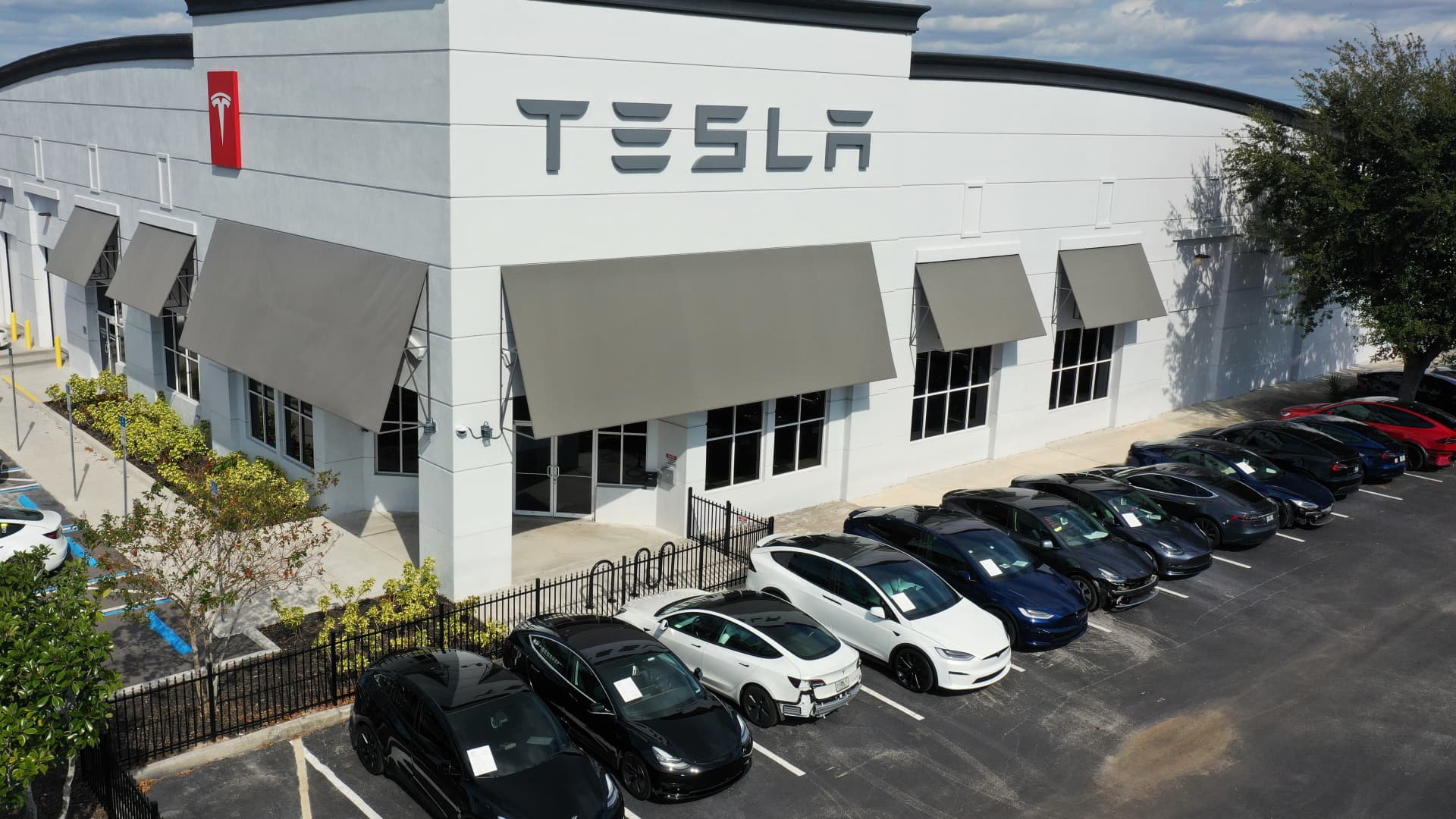India’s largest metros, the engines of its economic growth, face recurrent disasters such as flooding and heatwaves. So far, such events were treated as one-offs, but their increasing frequency and links with the climate crisis are forcing conversations around adaptation.
The flooding in Bengaluru’s tech hotspots earlier this year and media attention on the suffering of elites raised questions about poor urban infrastructure and the planning of new, affluent urban areas. This shift away from the usual narrative that blames unplanned developments such as slums for urban disasters to a conversation around flawed urban planning practices is an important one for urban climate adaptation. But can it translate into action?
Let’s begin by stating the obvious. Planning failures are impacting these islands of urban prosperity that benefited from the compromising of planning processes by private developers and politicians. High-value real estate in India’s metros is a visible manifestation of urban wealth accumulation since the early 2000s, which is spatially reproduced in gated islands of prosperity in desirable locations amid the increasing precarity for the poor. Mostly achieved by leveraging prior knowledge of upcoming regulatory changes and influencing land-use plans and infrastructure projects, these processes of wealth accumulation have enabled politicians to seek rent and elites to achieve prosperous lifestyles.
To put it bluntly, the irony of urban elites being victims of processes designed for their explicit benefit is unmissable. This is not to imply that elites are willingly complicit, but to make two propositions. First, an acceptance of the close linkages between planning failures and neoliberal urbanisation in India can help evolve more responsive strategies for climate adaptation. Second, it offers the opportunity of evolving stronger collaborative frameworks that give elites a chance for restitutive action.
The current status of urban climate adaptation is not encouraging. A survey of adaptation plans in 53 Indian cities by the Indian Institute of Human Settlements found that most vulnerable megacities report negligible progress in addressing adaptation issues in development planning, even though 18 of these cities have sectoral and risk-based responses. Adaptation plans could benefit from adding spatial and income inequality to the long list of climate risk factors already identified by the Intergovernmental Panel on Climate Change (IPCC)’s sixth assessment report, including poverty, unemployment, infrastructure deficiency and poor planning.
The study also laments that city adaptation plans are reactive rather than future-oriented. However, even the efficacy of reactive approaches can be enhanced by paying closer attention to the political, social and spatial contexts in which adaptation technology is inserted.
For example, adaptive technologies deployed by particular communities risk being compromised by poorly designed solutions outside their jurisdictions. In Bengaluru, a residential community invested in state-of-the-art rainwater harvesting and drainage systems but was submerged by the run-off caused by Sarjapur Road’s dysfunctional stormwater drainage. Adaptive planning strategies must recognise that urban governance is highly fragmented and offer cohesive multi-scalar governance frameworks within which the elite can embed their hyperlocal initiatives.
Despite the limited resonance of climate narratives on electoral politics, elite suffering can escalate solutions through political pressure. In Gurugram, an infamous episode of flooding and horrific traffic gridlocks in 2016, nicknamed “Gurujam”, created recurrent annual pressure on the bureaucracy to find solutions to keep rainwater off key arterial roads. This resulted in collaborations with technical experts and environmental groups to maintain stormwater drains and sequester rainwater through a series of landscape interventions, with potentially long-term and city-scale benefits.
Addressing issues such as inequality and scale within the climate adaptation agenda requires technical know-how to be dovetailed with participatory mechanisms for design and implementation. This will entail a fundamental reimagining of community participation in urban planning. While existing mechanisms such as online surveys and public meetings are criticised for being exclusionary and tokenistic, redesigning systems for greater elite participation has separate challenges.
While elite participation will likely benefit cities by bringing in resources and political backing, it could trigger a two-speed adaptation process that leaves marginalised communities behind or, worse, causes maladaptation. The IPCC report cites the example of Mumbai’s new coastal road, which aims at reducing flood risks but is likely to damage intertidal flora and fauna and destroy fishing livelihoods. Mediating these frictions requires deliberative institutions that understand the incentive structures for diverse stakeholder groups and are capable of negotiating trade-offs. For example, if adaptation infrastructures dislocate an informal settlement, the policy backing and resources required for remedies such as resettlement housing should also be planned.
The longer-term horizons needed for the design and implementation of climate-adaptive planning frameworks do not sit well with the short cycles in electoral politics. But while politicians come and go, urban elites are deeply invested in the place. As patrons for a new genre of public resources ranging from urban parks to cultural spaces, they are already enriching urban life through private philanthropy. Enlisting elites to the cause of climate adaptation might not be a silver bullet, but while cities will take time to develop suitable planning frameworks and improve state capacity, it could lead to important short-term gains in urban adaptation.
Mukta Naik is a fellow at the Centre for Policy Research, New Delhi
The views expressed are personal















